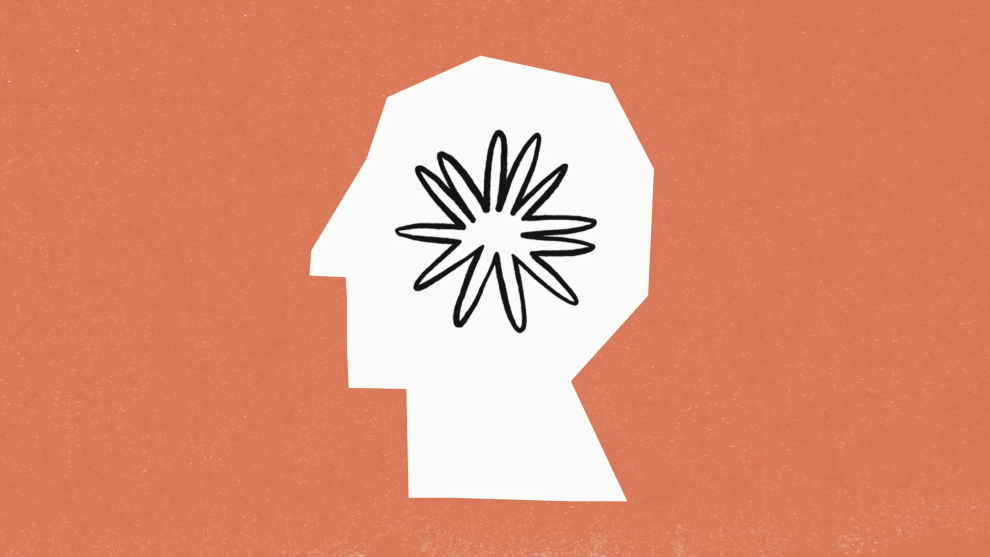A New Era of AI Conversation
Anthropic, the company behind the popular AI chatbot Claude, has recently unveiled a significant upgrade to the model. The new version, dubbed “Artifacts,” is poised to challenge OpenAI’s ChatGPT as the leading AI language model. With its enhanced capabilities and innovative features, Artifacts offers users a more sophisticated and informative conversational experience.
What are Artifacts?
Artifacts are a new type of AI model that can access and process information from the real world. This means that they can provide more accurate and relevant responses to user queries by drawing on a vast knowledge base of text and code.
Key Improvements in Artifacts
Artifacts offers several key improvements over previous versions of Claude:
- Enhanced Knowledge: Artifacts has access to a much larger and more diverse dataset, allowing it to provide more informative and accurate responses to a wider range of questions.
- Improved Reasoning: Artifacts is better able to reason and understand complex topics, making it more capable of engaging in nuanced conversations.
- Enhanced Coding Ability: Artifacts has been significantly improved at coding tasks, making it a valuable tool for developers and programmers.
- Increased Creativity: Artifacts is more creative and imaginative than previous versions, allowing it to generate more interesting and engaging content.

Credit – TechRadar
How to Use Artifacts
To use Artifacts, you can access it through Anthropic’s API or through various third-party applications. The process is simple and intuitive, allowing users to interact with the AI model in a natural language format.
Real-World Applications
Artifacts has a wide range of potential applications, including:
- Customer service: Artifacts can be used to provide customer support, answer questions, and resolve issues.
- Content creation: Artifacts can be used to generate creative content, such as articles, poems, and code.
- Research and analysis: Artifacts can be used to analyze large datasets and identify trends and patterns.
- Education: Artifacts can be used to tutor students and provide personalized learning experiences.
The Future of AI Conversation
The release of Artifacts marks a significant milestone in the development of AI language models. With its enhanced capabilities and versatility, Artifacts has the potential to revolutionize the way we interact with machines. As AI technology continues to advance, we can expect to see even more sophisticated and powerful AI models emerge in the future.
Conclusion
Artifacts represents a major leap forward in the field of AI conversation. With its enhanced knowledge, reasoning, coding ability, and creativity, Artifacts offers users a more informative and engaging experience. As AI technology continues to evolve, we can expect to see even more innovative and powerful AI models emerge in the future.
















Add Comment